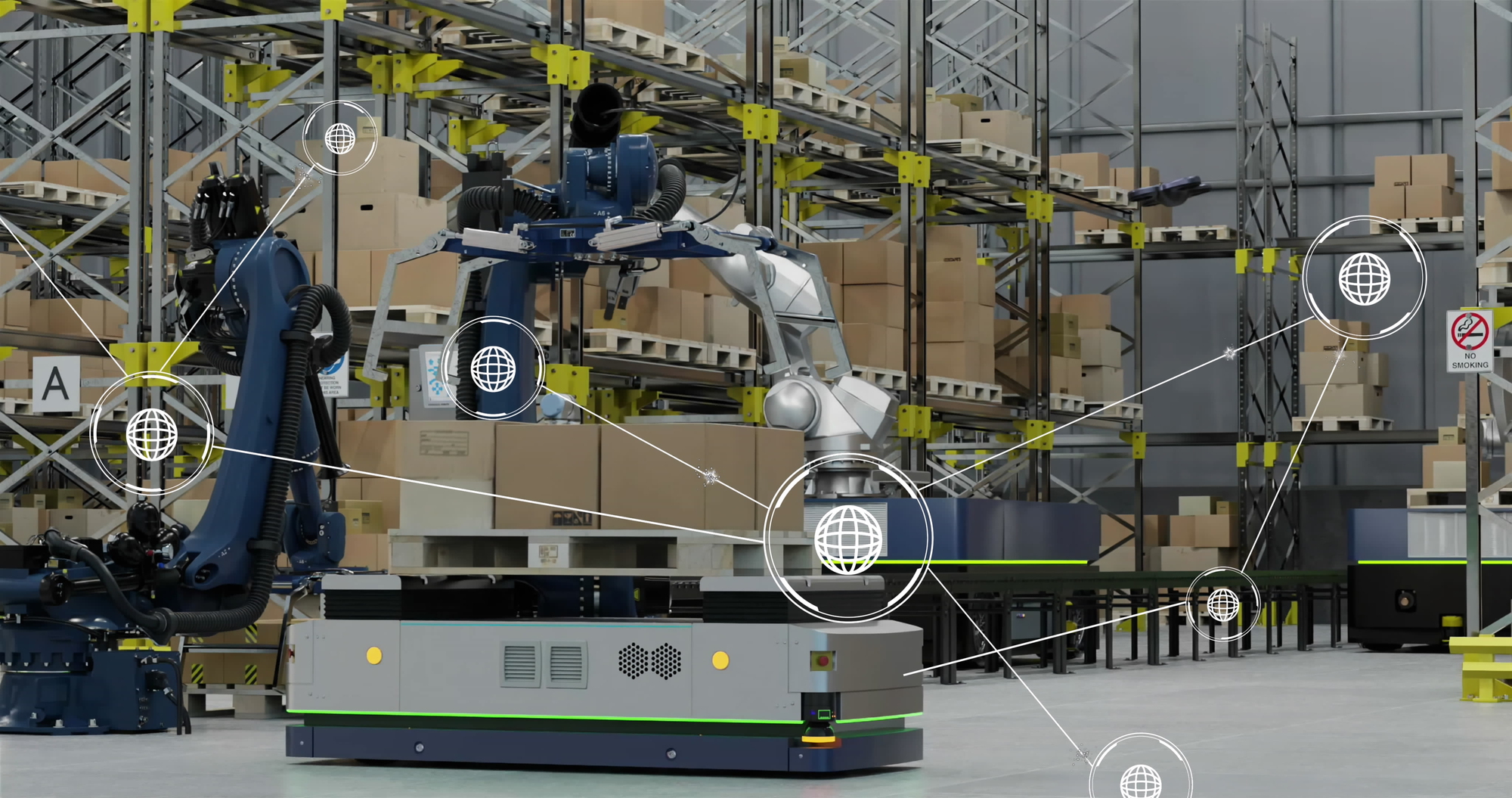Manufacturing and other industries are increasingly treating maintenance, repair, and operations procedures as core functions, working to integrate the MRO value chain with other key activities. Technological advances increase companies’ reliance on high-volume, precision machinery. Downtime kills production schedules, and unexpected repairs drive costs skyward. When to conduct maintenance and when to continue running is as much an art form as it is a science. Productivity and cost control can be optimized by considering the advantages and disadvantages of reactive, planned, and precision maintenance and applying the best approach to each part of the production process.
Reactive Maintenance
Reactive maintenance is simply repairing a machine after it fails. By merely reacting to the malfunction, the goal is to return the component to a working state as quickly as possible – by replacing a motor or resetting a breaker, for example.
While reactive maintenance is generally more costly than planned and precision methods, there are times minimizing upfront costs is not the most pressing issue. A manufacturer may delay scheduled maintenance to extend machine run time in order to complete a rush order even if it reduces efficiency. Missing a delivery deadline would be more detrimental than replacing a part earlier that otherwise wouldn’t be necessary.
In fact, a “run it till it breaks” reactive maintenance policy can be profitable, even without extenuating circumstances. When a cheap, always-on-hand part’s failure cannot cause damage to other more costly components or the work performed, there is no reason to suspend work simply to replace a gasket or tighten a leaky tap.
Even when companies prefer more proactive maintenance, a large portion of their work will be reactive, because no one can predict breakdowns with perfect accuracy.
Planned Maintenance
In many instances – when a faulty valve could lead to contamination of food or pharmaceuticals being processed, for example – companies strive to prevent unexpected equipment failures.
Using manufacturers’ guidelines, testing, real-time records, and risk-management calculations, companies work to improve machine performance through regularly scheduled procedures. If a particular filter’s average time to failure is 10,000 hours of operation, the firm may plan to replace it after 9,500 to 9,700 hours of use. In the best case, this replacement can be performed when the equipment is down for other planned maintenance, leveraging its impact on:
- Production Scalability
- Management Planning
- Inventory Availability
Planned maintenance is especially effective when a part’s failure can cause production to grind to a halt, when repairs require significant downtime, and when the maintenance – lubrication, adjustment, cleaning in place, etc. – is relatively quick and easy. Companies also use planned maintenance when part wear leads to inefficient or substandard production even before reaching the breaking point.
Precision Maintenance
More than simply anticipating when part failures or equipment breakdowns will occur, precision, or predictive maintenance aims to find and mitigate the preventable causes of deterioration. Precision maintenance may analyze different lubricants to which one extends bearing life or looking for ways to reduce vibration that causes components to misalign. By reducing the things that cause parts to wear out and fasteners to loosen, maintenance professionals can lessen the frequency and severity of unplanned downtime while planning repairs and overhauls by ordering parts, budgeting for replacements, and scheduling technicians.
Often used on very high-tech equipment where unplanned failure can:
- Destroy valuable work product
- Cause extended downtime
- Require replacement of costly components
Precision maintenance often requires significant up-front investment in diagnostic equipment and worker training. However, the return can be highly rewarding if say the precision process prevents an environmental disaster, worker injury, waste of valuable raw material or finished inventory.
By knowing when, how often, and for how long production downtime occurs, manufacturers can analyze the benefits and risks of continuing to run vs. shutting down to maintain equipment. They can then develop maintenance schedules and strategies based on real-life expectations in order to improve overall productivity rather than silo-based goals of minimizing repair costs or maximizing uptime.
Need help analyzing your maintenance schedules to permit for optimal repairs and production? Contact SDI today!




